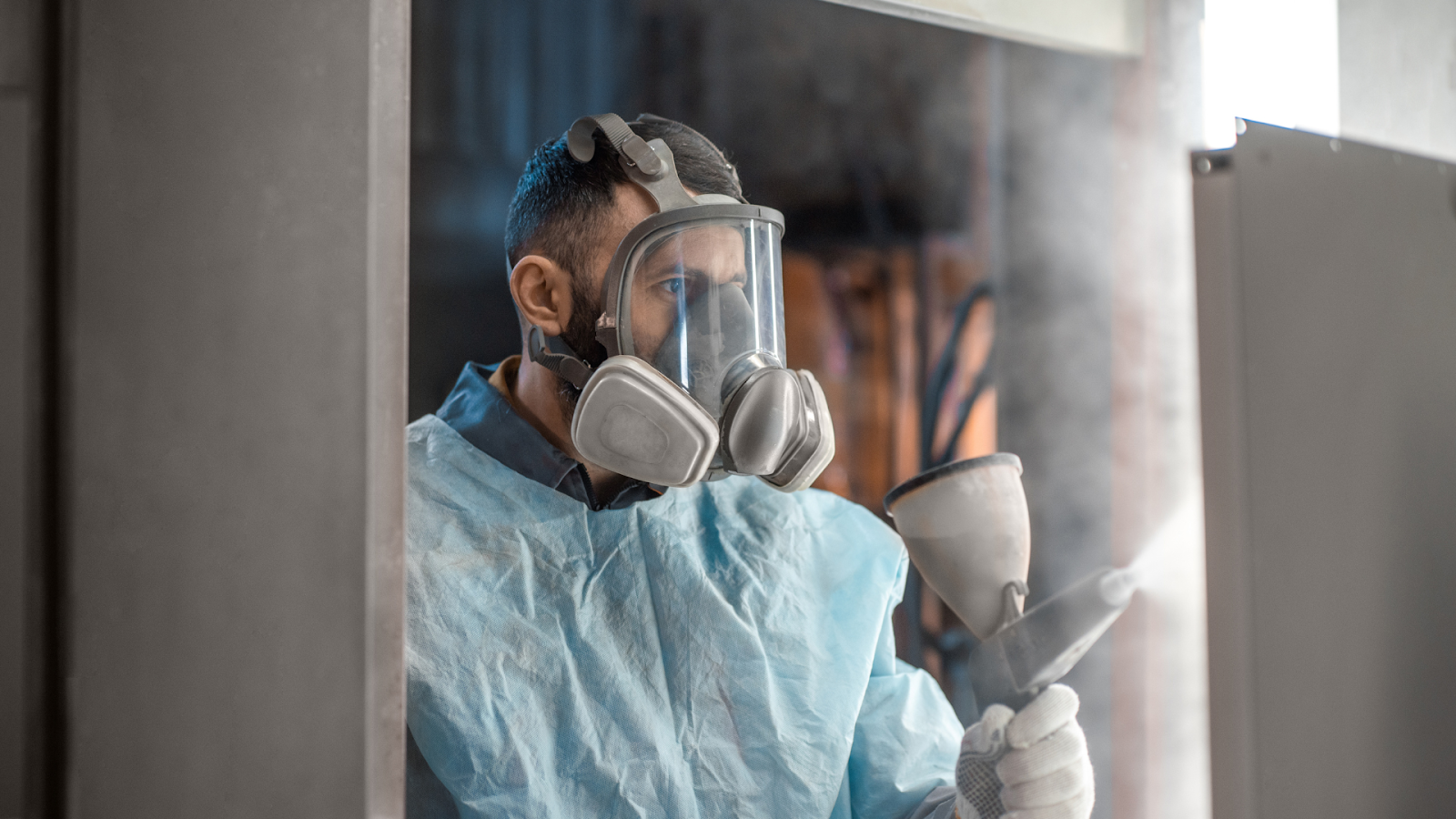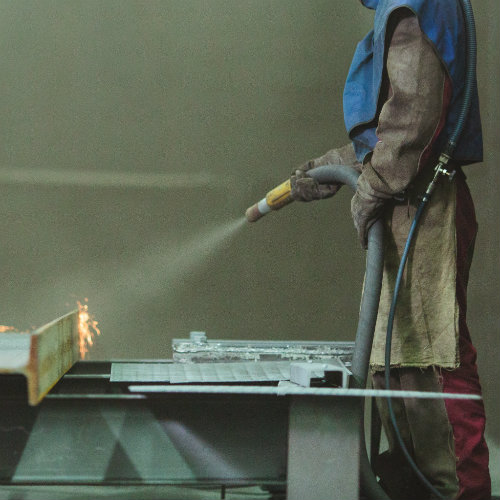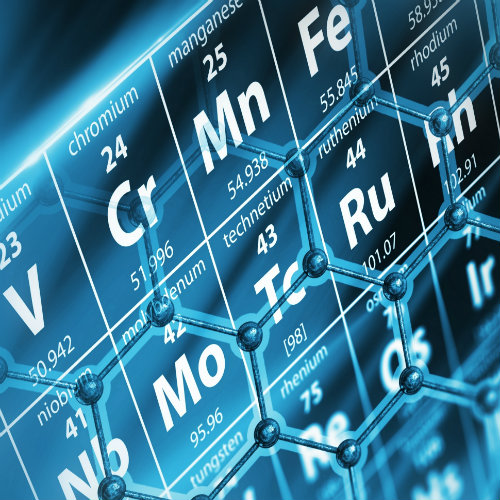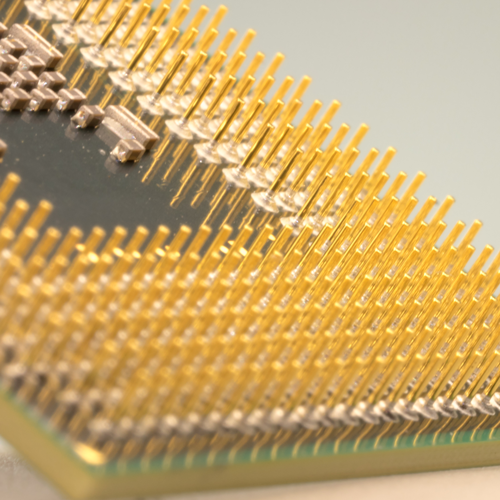Sol-Gel
Sol-gel is a transformative process that converts small molecules into inorganic polymers, forming robust coatings for a variety of substrates. This technique is known for its precise surface treatment, which is crucial for giving aerospace parts better wear resistance and heat stability.
Key Steps In The Sol-Gel Process
Understanding the key steps of the sol-gel process is crucial for companies aiming to utilize this technology for high-quality surface finishing. The process can be broadly divided into four main stages: preparation of the sol, gelation, aging, and drying and heat treatment.
Preparation Of The Sol
This initial stage involves mixing the chemical precursors, typically metal alkoxides or metal chlorides, in a solvent. The addition of water initiates hydrolysis reactions. The composition of the sol, including factors like concentration, pH, and temperature, determines the properties of the final gel.
Gelation
As the sol undergoes further reactions, it gradually increases in viscosity until it forms a gel. This transition marks the formation of a continuous network of either metal oxide or polymer chains. The time taken to reach this point, known as the gelation time, is influenced by the specific conditions of the sol preparation.
Aging
After gelation, the gel structure strengthens during the aging process. This step involves holding the gel at a constant temperature, allowing for further polycondensation and strengthening of the network. Aging can significantly influence the pore structure and mechanical properties of the final material.
Drying And Heat Treatment
The final stages are drying and heat treatment. Drying removes the remaining liquid from the gel, leading to shrinkage and densification. Heat treatment or calcination then follows, where the gel is heated to higher temperatures. This step burns off any organic residues and crystallizes the material, enhancing its mechanical strength and stability.

How Sol-Gel Improves Aircraft Safety And Durability
Safety is the top priority in aerospace, and sol-gel technology plays a key role in maintaining it, making sure every flight meets the highest safety standards.
Structural Integrity
Sol-gel fortified surfaces significantly enhance the structural integrity of aircraft, withstanding the stresses of daily operation. Valence focuses on safety by making coatings that help strengthen aerospace engineering.
Enhanced Wear Resistance
Heavy wear and tear is a constant threat in the relentless environment of flight. Sol-gel coatings provide a shield against this wear, granting aerospace components an extended lifespan and maintaining their functional integrity.
Improved Environmental Resistance
The harsh atmospheric conditions at high altitudes necessitate coatings capable of resisting environmental degradation. Sol-gel coatings developed by Valence ensure that aircraft are well-equipped to handle these challenges, safeguarding both the craft and its passengers.
Valence’s Advanced Sol-Gel Technology In Aerospace Engineering
Valence is committed to engineering excellence and innovation, especially in applying sol-gel technology in aerospace engineering.
Engine And Critical Component Coating
Aircraft engines must work perfectly in extreme conditions like intense heat and corrosion. Valence uses sol-gel technology to coat these parts, making them not just resistant to high temperatures and corrosion but also improving their performance and reliability.
Customized Solutions For Avionics
Avionics systems need to work flawlessly. Valence’s sol-gel coatings protect these systems from environmental and operational challenges, greatly increasing their reliability and performance.
Airframe Surface Treatments
Treating airframes with sol-gel coatings strengthens the core of the aircraft. These coatings protect the airframe from physical forces, temperature changes, and bad weather, ensuring safety and durability for every flight.
Specialized Coatings For Space And Defense
The demands of space and defense are far greater than that of commercial aviation. Valence creates sol-gel coatings to withstand the extreme conditions of space and the strict demands of defense applications. These coatings are not just protective layers but also specially designed to support and safeguard materials used in these challenging environments, enhancing the success of each mission.

Frequently Asked Questions
Are sol-gel coatings adaptable to different types of aerospace materials and substrates?
Yes, sol-gel coatings can be applied to various substrates and materials commonly used in aerospace engineering, offering versatility in protection.
How do sol-gel coatings contribute to fuel efficiency in aircraft?
Sol-gel coatings help reduce the overall weight of aerospace components, contributing to improved fuel efficiency without compromising durability.
Are sol-gel coatings resistant to extreme temperature fluctuations encountered during aerospace operations?
Yes, sol-gel coatings exhibit thermal stability, remaining effective in extreme temperature conditions commonly faced during flight.
Can sol-gel coatings be applied to complex geometries or intricate aerospace components?
Yes, sol-gel coatings can be tailored and applied to complex shapes and intricate aerospace components, ensuring comprehensive protection.
How do sol-gel coatings contribute to reducing the environmental impact of aerospace operations?
Sol-gel coatings increase the durability of aerospace components, reducing the need for frequent replacements, which in turn minimizes waste and environmental impact.
Are sol-gel coatings compatible with existing aerospace manufacturing processes?
Yes, sol-gel coatings can be integrated into existing manufacturing processes seamlessly without requiring significant alterations.
How do sol-gel coatings improve the safety standards of aerospace components?
Sol-gel coatings provide an additional layer of protection, enhancing safety by mitigating potential risks associated with component wear or degradation.
Can sol-gel coatings be removed and reapplied during maintenance without compromising effectiveness?
Yes, sol-gel coatings can be removed and reapplied during maintenance, ensuring continued protection and functionality of aerospace components.
How do sol-gel coatings contribute to reducing downtime for aerospace maintenance?
Sol-gel coatings, with their durability and reduced maintenance needs, help minimize downtime, allowing for more efficient aerospace operations.
Can sol-gel coatings be applied to both new and existing aerospace components?
Yes, sol-gel coatings can be applied to both new components during manufacturing and existing ones during maintenance or overhaul.
Painting Services
Primer
Primer, also known as undercoat, is the preparatory coating that can be used to enhance the bond strength of a topcoat and/or improve the corrosion resistance of a part. Applying primer is a crucial first step to the lasting results.
Fuel Tank Coating
Fuel tank coating is a specialty coating applied to the interior of aircraft fuel tanks that protects against corrosion from fuel contaminants. The coating allows fuel tanks to meet industry standards for longer durations.
Adhesive Bond Primer
Topcoat
Topcoat is the final coating on a part often used for cosmetic purposes. However, it often has application specific properties, such as reflectivity, conductivity, etc. The topcoat provides durability and resistance to harmful materials that will cause parts to deteriorate.
Anti-Chafe
Anti-Chafe topcoats are specific coatings that are primarily used on surfaces where abrasion resistance, low friction and impact resistance are required to reduce chafing and wear. This specific topcoat serves as a defense in harmful environments.
Dry Film Lube
Dry film lube is a dry lubricant coating that reduces friction on surfaces sliding against each other. It offers operation at higher temperatures than other lubricants.
Sol-Gel
Sol-Gel is a process of creating metal oxides when applied to a part using metal alkoxides. The sol-gel is in high demand as it allows adhesive bonding of titanium and corrosion resistant alloys.
Zinc Spray
Zinc spray, or zinc chromate spray is a primer with corrosion inhibiting properties, commonly used on aluminum aircraft or spacecraft components. It is a high quality aerospace plating technique.
Digital Masking
Valence performs all of these services to the highest degree of care, with approvals for most prime and military specifications. Our products and services significantly enhance safety, long-term use, and consistency in the aerospace industry. View our specs here.
Painting Capability Sizes
| Valence Eastman | L | Valence Wichita | L | Valence Grove | L | Valence Los Angeles | L | Valence Seattle | L | Valence Everett | L | Valence Garden Grove | L |
|---|---|---|---|---|---|---|---|---|---|---|---|---|---|
| Bond Primer | 20' | Bond Primer | 16' | Bond Primer | 24' | Bond Primer | 27' | Bond Primer | 6' | Bond Primer | 30' | Bond Primer | 10' |
| Dry Lube | 20' | Dry Lube | 16' | Dry Lube | 10' | Dry Lube | 27' | Dry Lube | 2.5' | Dry Lube | 30' | Paint | 10' |
| Fuel Tank Coating | 20' | Fuel Tank Coating | 16' | Fuel Tank Coating | 24' | Fuel Tank Coating | 27' | Fuel Tank Coating | 6' | Fuel Tank Coating | 30' | ||
| Primer | 20' | Primer | 16' | Primer | 24' | Primer | 27' | Prime and Topcoat | 6' | Primer | 30' | ||
| Topcoat | 20' | Sol Gel | 16' | Topcoat | 24' | Topcoat | 27' | Sol Gel | 4' | Topcoat | 30' | ||
| Sol Gel | 20' | Topcoat | 24' | Sol Gel | 24' | Sol Gel | 27' | Sol Gel | 30' | ||||
| Zinc Spray | 12' |
Painting & Spray Coating News
What Are Thermal Control Coatings (TCC) For Satellites?
As satellites venture through the unforgiving expanse of space, they face a formidable challenge: the extreme temperatures that fluctuate between scorching heat and icy cold. To conquer this cosmic thermal battleground, satellites enlist the aid of a remarkable ally:...
Thermal Control Coatings: A Necessary Component For Satellites
Discover why thermal control coatings are essential for safeguarding satellites against extreme temperatures and may guarantee their optimal performance…
Passivation Standards ASTM A967
Stainless steel, having found applications in different industries is an important part of our daily lives. In the aerospace and even many manufacturing industries, stainless steel has found application and is a very important material. It is known to have better...
What Is Passivation: The Secret To Long-Lasting Metal Protection
Understand the ABCs of passivation and learn how it extends the life of metal components by protecting them from corrosion and oxidation …





